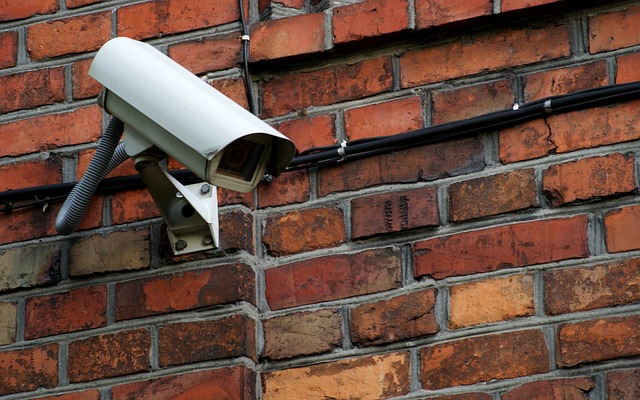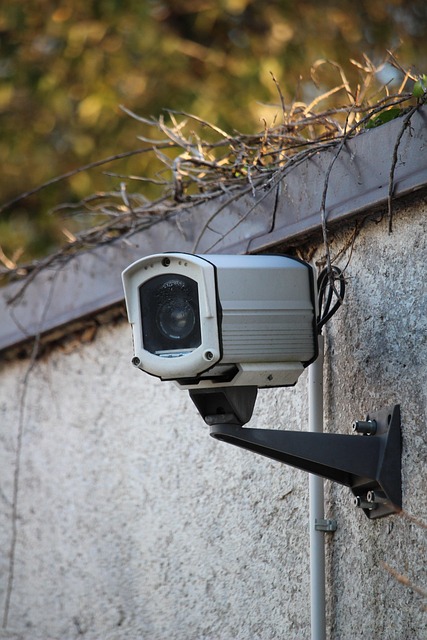Installation of a security camera is only one piece of the puzzle when it comes to home security; the second piece is placement. Proper placement allows optimal viewing angles, visibility that discourages suspicious activity, and gives you the best chance of identifying unwanted visitors. Whether you are protecting your home from burglaries, deliveries, or keeping an eye on pets and kids, knowing where to position your camera makes the difference between success and failure. Security Cameras Connect Inc. will help you explore the best places to position your home security cameras.
Best Places to Install a Home Security Camera
Choosing where to install CCTV camera placements, whether in a business or a home, is crucial for security and full coverage. Where to place CCTV cameras has a significant impact on protecting property.

Here’s a guide to help installers suggest good locations for CCTV camera placement:
- Entry Points: First Line of Defense
Entry points are the weakest areas of a home and can be very vulnerable areas for thieves. Entry points include the obvious, the front door, which is often taken for granted. The back door can be one area that can be missed and should be monitored with cameras. The garage entrance can also be the second option of entry and should also be covered.
- Driveways and Yards
Outdoor space monitoring, such as driveways, front and back yards, fences, and gates, can provide some early alerting and visual evidence against potential threats like car thefts, trespassers, and thieves.
- Near Windows on Ground Floors
Place a Home Security camera close to windows or lower than ground level to minimize sun glare and add motion detection to notify the homeowner of possible break-ins, especially where burglaries aren’t visible from the street.
- Near Valuables or Safe Rooms
Home Security Cameras can be subtly placed near valuables or safe rooms to observe or document access and/or theft or tampering from your home, for example, house parties or renovations.
- Common Areas Inside the Home
Indoor Home Security Cameras trace movement and context if there’s a situation. They are good for monitoring living rooms, hallways, and staircases, giving an overall snapshot of activities on a daily basis. If there are security zones near bedrooms, that may ease the minds of children or persons living alone.
Things to Avoid and Mistakes to Watch Out For
Installing CCTV systems is crucial to improving the security of your house or business. However, when people install these systems, there are several mistakes that tend to happen over and over. Knowing what mistakes people make will help keep you from making those same mistakes and ensure your CCTV system is working in a way that is efficient and effective.

Here are some of these common mistakes and things to avoid:
- Avoid Obstructed Views
Eliminate views that obstruct camera lens visibility by preventing cameras from being blocked by curtains and plants or by clutter, and by regularly checking for cobwebs or dirt that may block footage, and avoid worrying about unnecessary costs.
- Don’t Ignore Lighting Conditions
Stay out of bright windows or sunlight if you want bad footage. It is recommended to use motion-activated lights or the infrared/night vision options on your camera for clear footage at night.
- Avoid Installing Too High or Too Low
The 7-9 ft height range is ideal for hard-to-tamper-with and capturing faces. Cameras that are too low are at a high risk of damage, and cameras that are too high will only be able to capture the tops of people’s heads.
- Don’t Cluster Too Many Cameras Together
Coverage is the priority, so deploy cameras to cover all critical locations (entry, interior, and perimeter) and be careful to avoid crowding areas and leaving blind spots.
- Avoid Placing Cameras in Private or Illegal Areas
Privacy laws dictate not to situate cameras in rooms where full privacy is needed, and not to point outdoor cameras at a neighbor’s house or yard, all while respecting local provisions.
Conclusion
Installing a ton of cameras is not effective home surveillance. Where you install cameras is more important than how many you install. Whether it’s main entry points, heavily trafficked areas indoors, or the perimeter of your home, it is about the placements that create safety and peace of mind. Avoid common mistakes such as poor lighting, obstruction, and violation of privacy laws. Your security system should be something that protects, as opposed to something that only records if it is in the right places.
FAQs
How much does it cost to install a security camera?
It depends on the type of camera, task complexity, and wireless or wired camera systems.
What is the best affordable security camera?
TP-Link Tapo C120 and TP-Link Tapo C110 are popular, affordable camera options.
Can I install a security camera by myself?
You can, but it is highly recommended to get professional help.
Where should I place security cameras at home?
Install them at entry points, driveways, near windows, valuables, and common areas.
What height should I mount a security camera?
Mount cameras 7–9 feet high for best visibility and tamper resistance.
